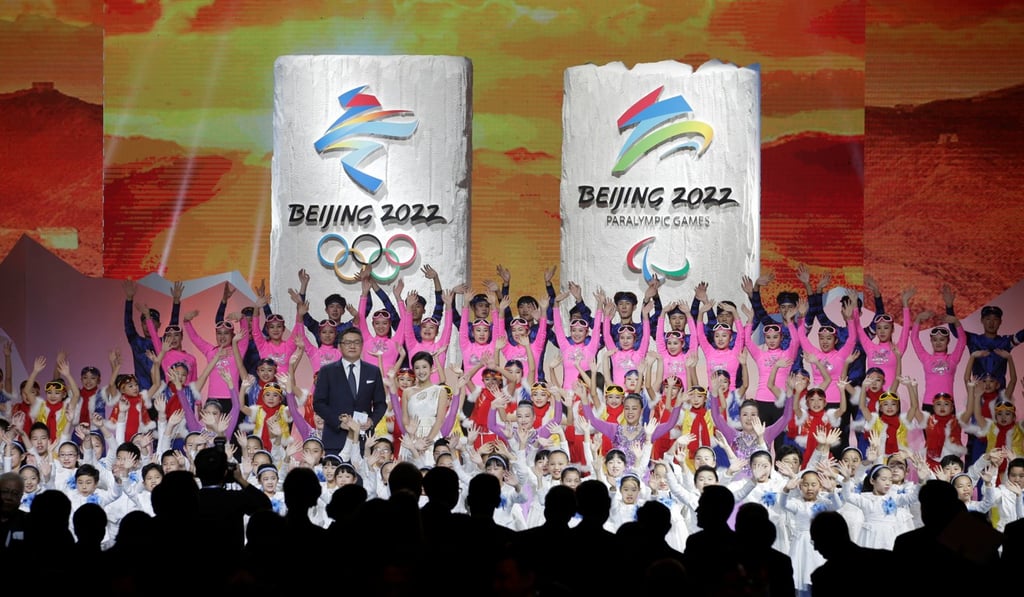Opinion | From Neymar and the World Cup to African stadiums and the Winter Olympics, how China and Qatar use sport to tackle resource issues
The amount of money it’s costing the pair to put on mega events might be eye-watering, but the expenditure serves national interests far beyond the field of play


The scale of these mega events has led some to label them as vanity projects, soft power strategies, or sport washing exercises. Whilst some, all, or none of this might be true, such assessments are the effects of, rather than the causes that led to, these countries spending so heavily on sport.
That then begs questions why Qatar and China are investing in sport, and whether there are similarities and differences between them. The economic profile of both countries over the last two decades has been notable – China has frequently recorded some of the highest rates of economic growth in the world, and Qatar has become the globe’s richest country on a per capita basis.
Set against this backdrop, the countries’ respective governments have made a strategic commitment to investing in sport: Qatar as part of its 2030 National Vision, and China as part of a central plan leading up to 2025.
At one level, investing in sport is intended to deliver strategic benefits, for example improvements in national wellbeing. At another level, sport is a means to drive economic and industrial development and, hence, is viewed as a source of competitive advantage.

